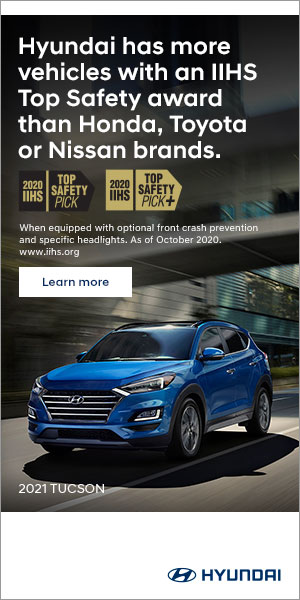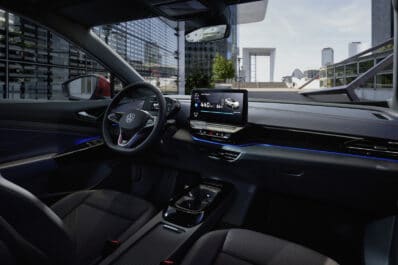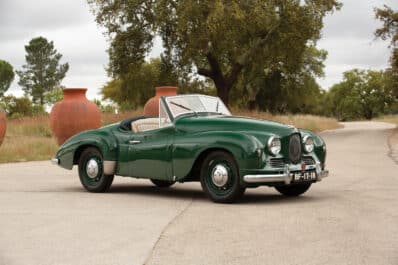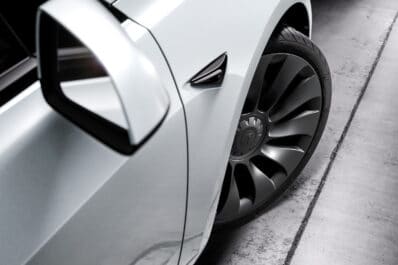With dealer lots nearly bare, U.S. new car buyers have taken a big punch to the wallet, industry sales data revealing over 80% of those who bought a vehicle in January paid more than MSRP.

By comparison, less than 1% of buyers paid over sticker in January 2020, just before pandemic lockdowns led to a shortage of vehicles on dealer lots. If there’s any good news it’s that the average transaction price — what buyers actually pay after everything is factored in — dipped slightly last month from the record levels seen in January.
“The fact that an overwhelming majority of consumers are paying above sticker price would have been unthinkable even just a year ago,” said Jessica Caldwell, executive director of insights for data tracking service Edmunds.
“This is in part driven by affluent consumers being willing to shell out more cash to get the vehicles that they want, but there’s also a vast population of individuals who are being forced to do so simply because they need transportation and have no other choice.”
Radical changes hit buyers
The COVID pandemic has radically altered the car buying landscape. Production shutdowns directly caused by the pandemic have been compounded by a severe shortage of semiconductor chips. In recent months, U.S. dealers have had barely 1 million new vehicles in inventory, down from the more than 3 million cars, trucks and crossovers considered normal.
As a result, automakers and dealers have slashed back on incentives and, in many cases, raised prices. If anything, retailers have been tacking on “market adjustments” that, in some cases, can raise the price of a popular vehicle by thousands of dollars.
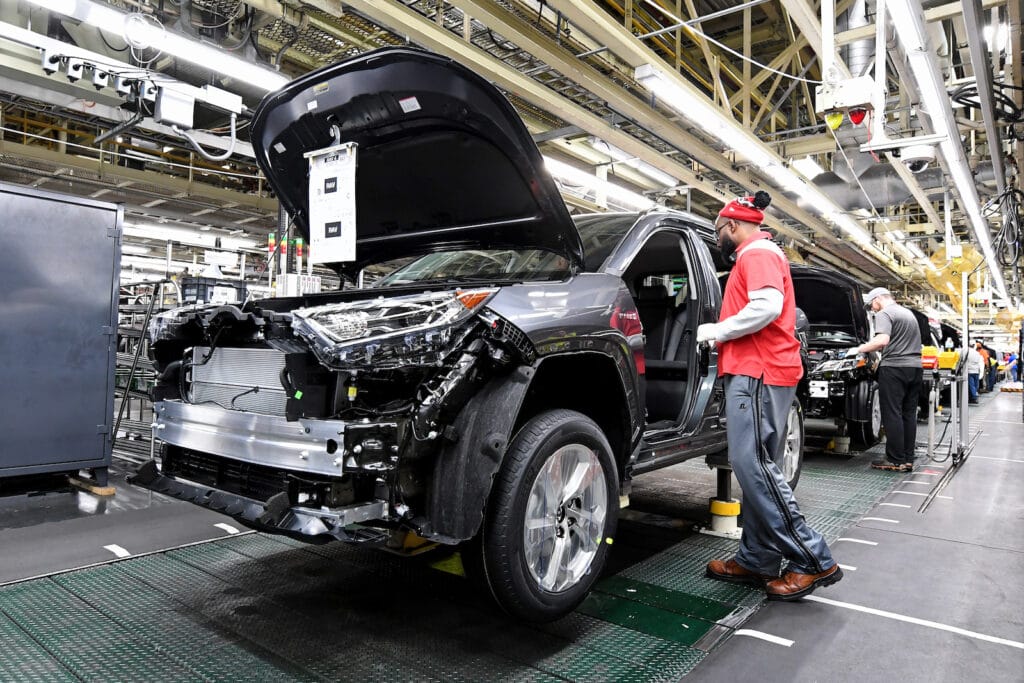
Last summer, Orlando resident Mike Dushane had to drive 200 miles to purchase a new Kia Telluride for his mother. But he says it was more than worth it to avoid the $10,000 markup local dealers demanded. Even so, he still had to pay $6,000 over sticker.
Caddy, Kia among those charging the biggest markups
“Think back two years ago,” said Dave Gardner, executive vice president of U.S. operations for Honda. “When did you ever hear of cars selling over MSRP? Now that’s the start of the conversation.”
The average new car buyer spent $728 above sticker in January, Edmunds reported. The exact amount varied widely by both model and brand. Cadillac buyers faced the steepest premium at an average of $4,048, according to Edmunds, with Land Rover second-highest at an average $2,565 markup. Kia wasn’t far behind, the typical customer paying $2,289 above MSRP — but because of its relatively lower prices, that worked out to a typical 7.1% markup for Kia vehicles, the highest in the industry by percentage.
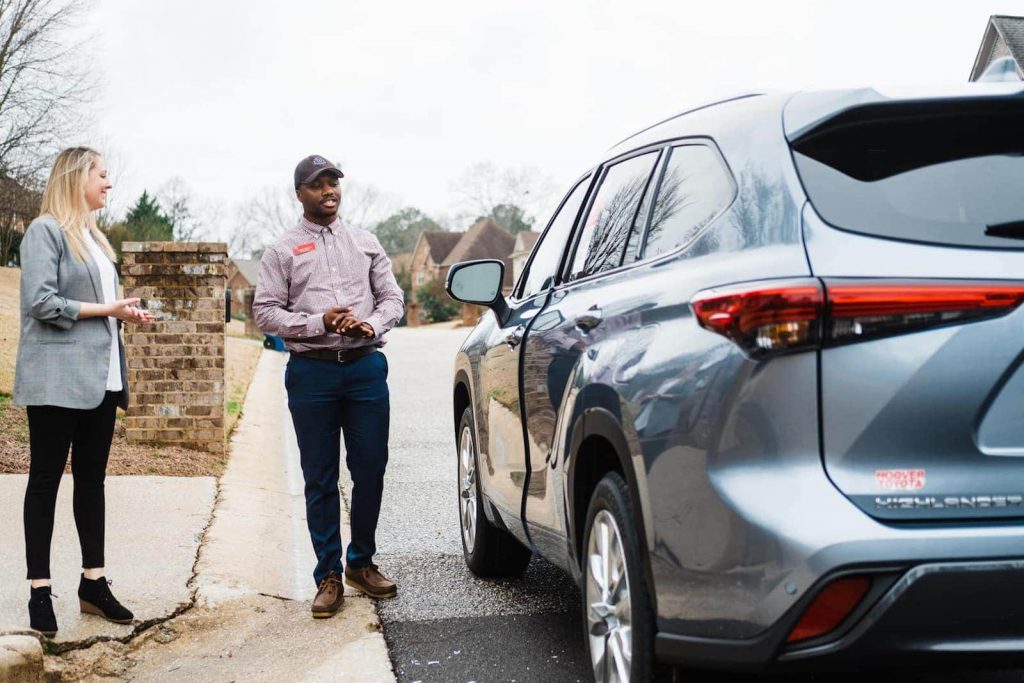
Only six brands saw average transaction prices, or ATPs, land below sticker last month: Alfa Romeo, BMW, Lincoln, Mini, Ram and Volvo.
On average, 82.2% of buyers paid above sticker in January 2022, Edmunds found, compared with 2.8% a year before and a mere 0.3% in January 2020.
No relief in sight
Paying above sticker is particularly unusual in January, normally one of the slowest months of the year for automotive sales.
How long this trend will continue is uncertain but there are clearly factors working against consumers hoping to score a good deal. The semiconductor shortage continues to plague manufacturers, Toyota and Ford among those who have had to curb production in recent weeks. Though brief, a blockade of the border between Michigan and Ontario compounded the situation by forcing some temporary plant closures. Among the facilities hit were three Canadian Toyota plants producing the popular RAV4 and Lexus RX models already in short supply.
Buyers are being hit particularly hard when looking for hot-selling models like the Ford Bronco and Chevrolet Corvette. But manufacturers have begun leaning on dealers to curb markups.
Automakers step in
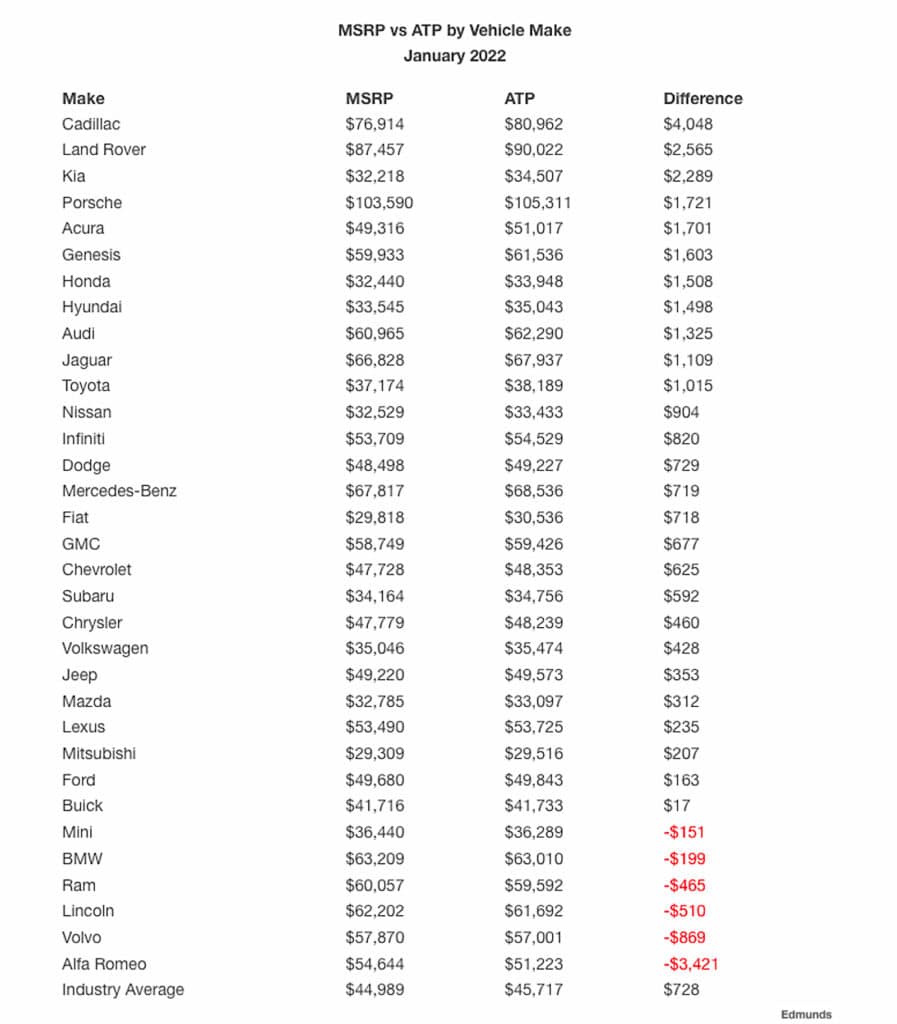
“All eyes have been on Ford and GM since they both publicly called for their dealers to stop charging over MSRP for vehicles,” said Edmunds’ Caldwell.
“Of all automakers, they might be in the most precarious position since they have very high-profile launches in the near future that appeal to a new type of customer. But looking at the numbers, there are clearly some other automakers who might want to follow suit.”
Industry analysts warn that greedy dealers could pay a price later on — and manufacturers will suffer along with them if buyers who paid excess markups switch brands next time they trade in.
“Savvy dealers,” said Caldwell, “are conducting business during this wave of inflation in a way that’s mindful of the possible adverse reaction of their customers.”
A small silver lining
There are signs that some buyers may be reining in excess markups. While a record number of customers paid above sticker in January, the typical premium appears to have dropped a bit, at least based on transaction prices.
The typical vehicle rolled off the showroom lot for $46,404 in January, according to Kelley Blue Book. But that was down by $839, or 1.8% from the record average transaction price set in December.
Even so, motorists paid, on average, a whopping 12.5%, or $5,155, more in January 2022 than they did 12 months earlier.

